A Guide to Occlusion
A couple of months ago I had a study day about occlusion and temporomandibular disorders with Riaz Syed. Being two of some of peoples' favourite topics at dental school (*cough*) it's taken me a while to write these up. But here is the first part, based on occlusion.
 |
| Practising facebow - check out my occlusal plane |
Occlusion is a topic that a lot of dentists are scared off and don't understand fully. Things can get pretty complicated, but here I shall summarise the points from the day trying to keep things as simple as possible.
When you place a restoration, you either CONFORM or REORGANISE a patient's occlusion.
Use the STOP approach to manage a patient's occlusion when placing restorations or prosthetics:
Survey existing occlusion, mark with articulating paper
Tactile - check for fremitus
Observe/listen. Ask for patient to tap together, the sound should be crisp
Patient feedback
So when are teeth in contact?
When you swallow - teeth are not actually in contact when eating therefore there are in contact on average 17-18 minutes a day.
If this time is increased it can lead to: wear, fractures, pain due to pulpal inflammation
Causes of fractured teeth:
- Interferences
- Parafunction
- Habits
- Restorations in other teeth
Possible consequences of changing ICP i.e. too high fillings
- Fractured teeth or restorations in occlusion or cracks
- Overeruption of teeth out of occlusion without occlusal stops. This leads to no spreading of load and no feedback which leads to interferences as teeth are not in the occlusal plane
- Pain
- Mobility, bone loss and widening of PDL
- Inflammation of pulp
- TMD and myofacial pain due to deranged occlusion (forward posturing and anterior tooth wear) or parafunction
Patients can adapt to these changes, so consequences may be hard to undo.
Consequences of infraocclusion
Other teeth take the load of occlusion, which may lead to no short term problems unless the patient bruxes but the tooth with over-erupt over time.
Why does this happen?
We do not check occlusion before preparation of crowns or fillings which leads to accidental reorganising.
If we are conforming, occlusion must be: 1. Reproducible
2. Stable
3. Enough occlusal contacts at correct OVD
What is ICP (intercuspal position, centric occlusion, habitual bite)?
Position of maximum interdigitation of teeth with mandible at its most cranial position. Tooth determined position therefore restorative dentistry can change this position
What is centric relation?
Mandibular-maxillary relationship when the condyles are in 'upper most anterior' position in glenoid fossa. Anatomically less vital but health of tissues are important i.e. unstrained and non-inflammed muscles: Position of Health.
What is RCP (retruded contact position)?
First contact in centric relation. We are adapted to avoid this contact - our condyles are remodelling until we are 21 years old, but we are fully dentate at 14 years that's why there is a 90% discrepancy in the population of around 1mm between CR and CO.
When do we use these positions?
- Dentures
- Reorganising to create space
- Stabilisation splint
- Multiple crowns
- Anterior guidance
What is a facebow?
This records the relationship of the maxilla to hinge axis of rotation. Use with a semi or fully adjustable articulator e.g. Denar.
Using a facebow can accurately record registrations but other tips for recording occlusions for lab work:
- Recording using wax bites are inaccurate, using PVS if have to e.g. Blu Mousse
- If patient is class I and stable occlusion, record may not be necessary as long as lab can hand articulate
- Record PVS just over prep, not across all occlusal surfaces
- Take accurate impressions, minimise air blows
Check out part two: a Guide to Temporomandibular Disorders.
Do you use a Facebow in practice? Please leave your questions and comments in the section below!
Why not take a look at my other Clinical Guide posts?

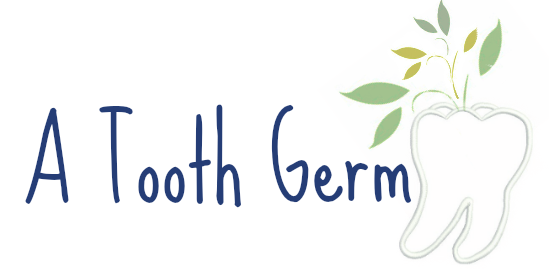
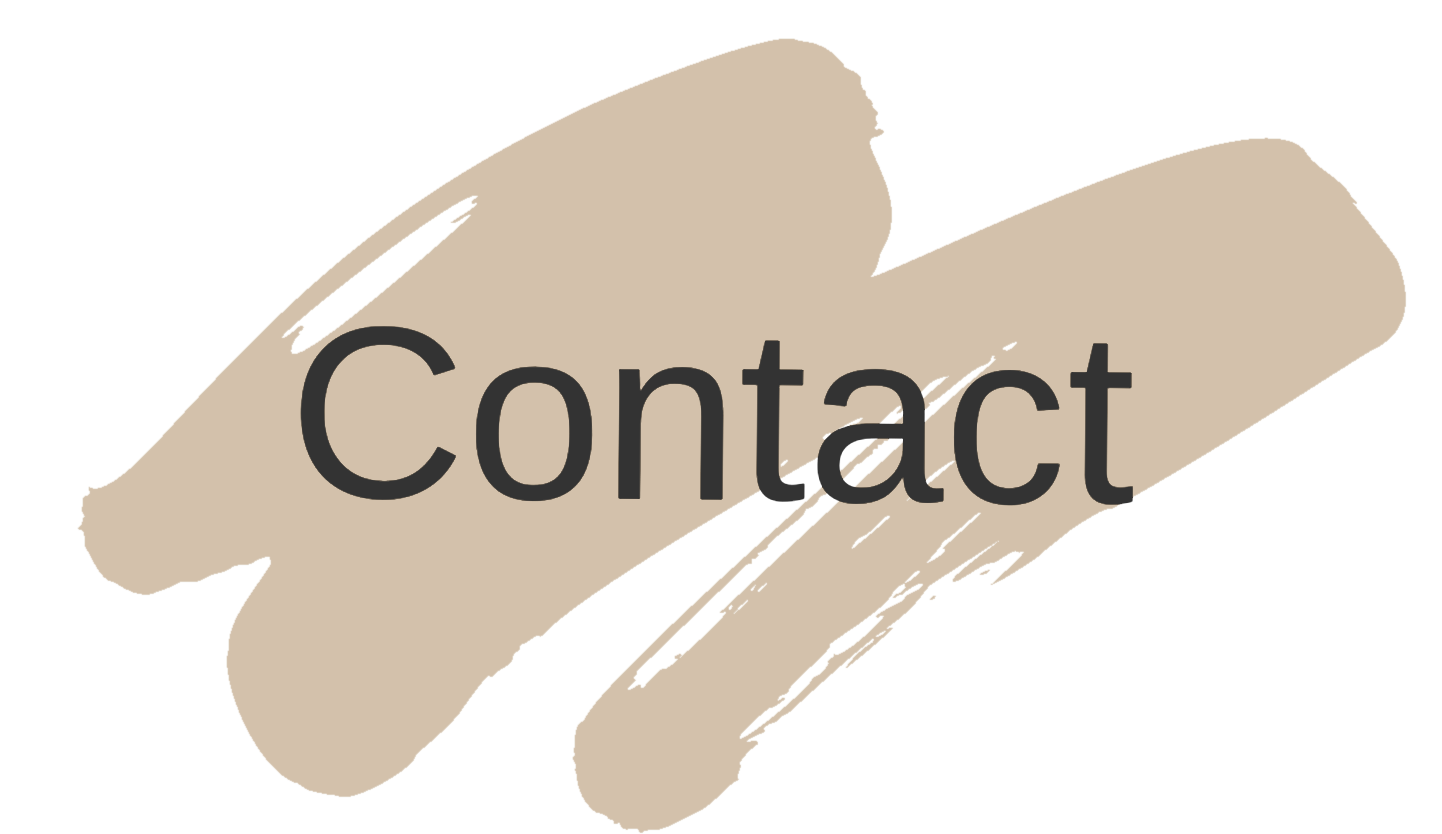

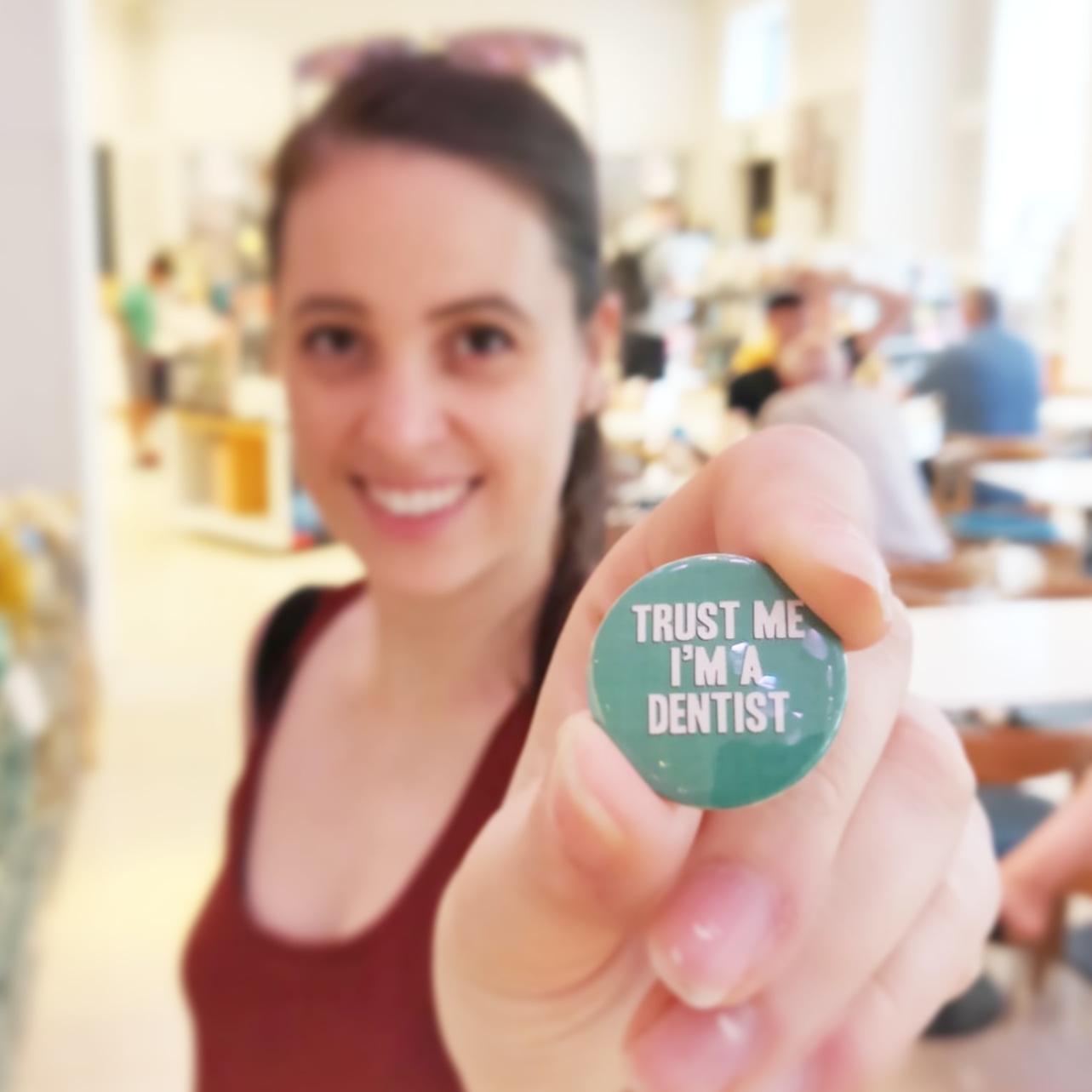





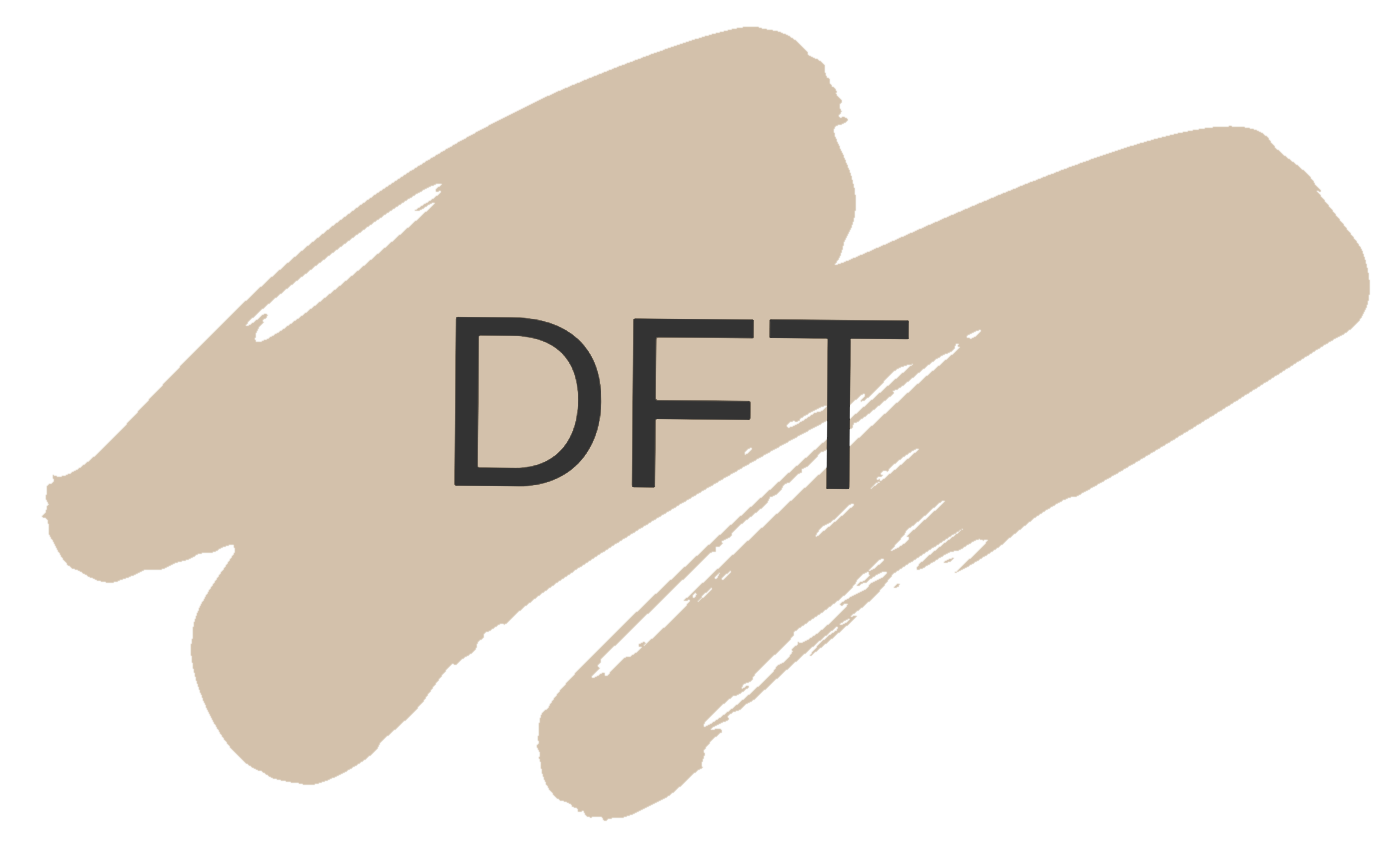

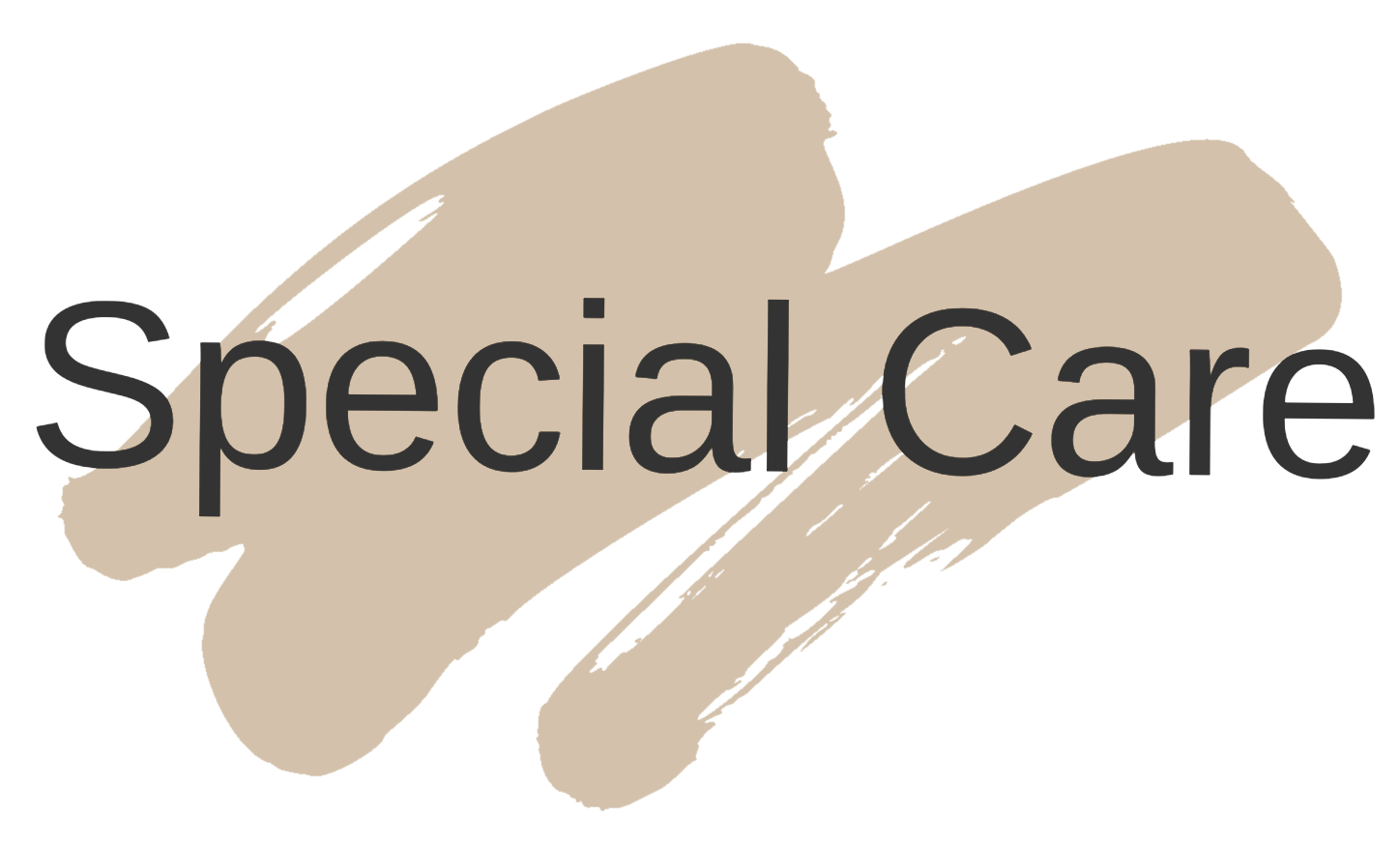
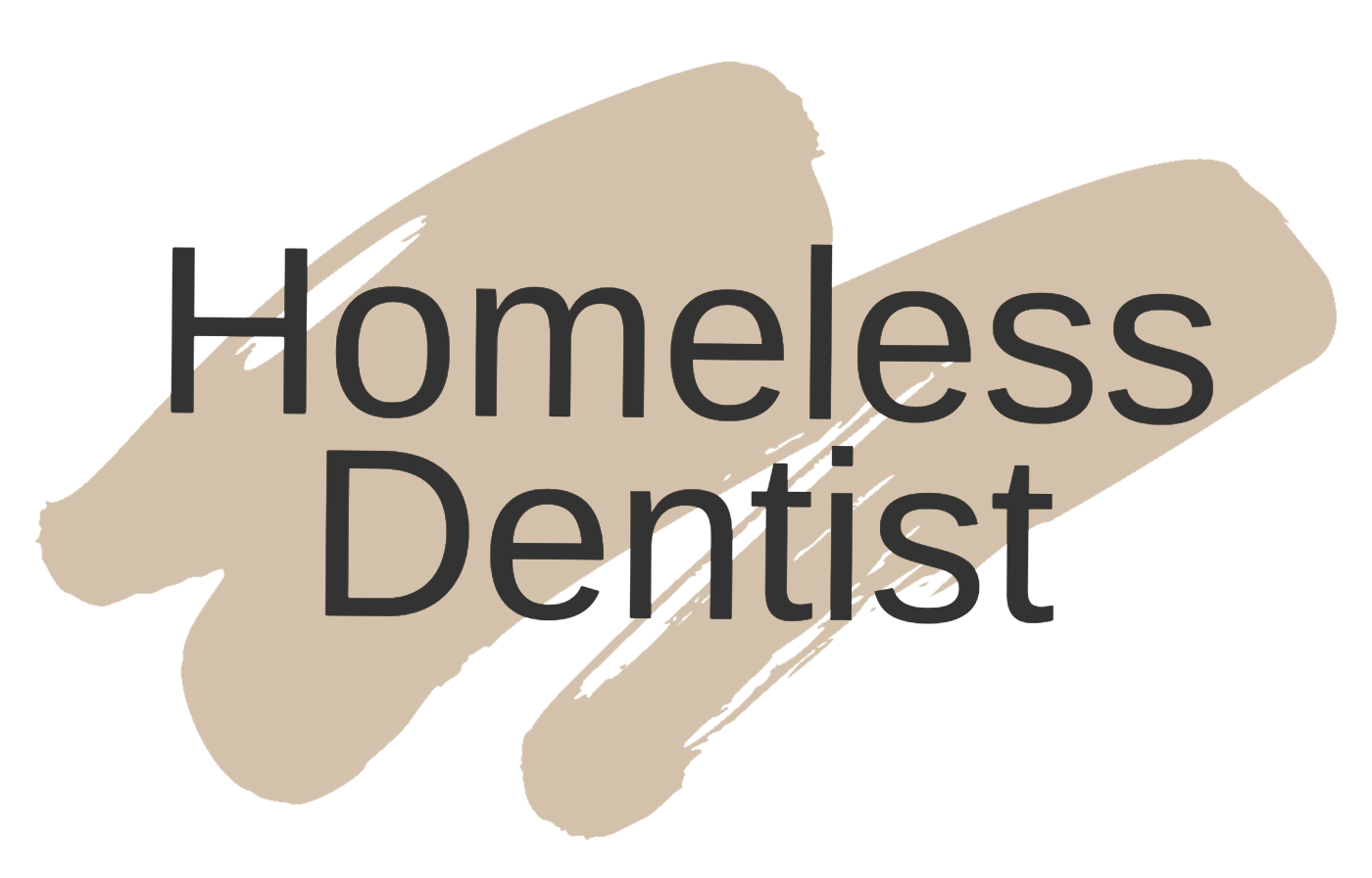


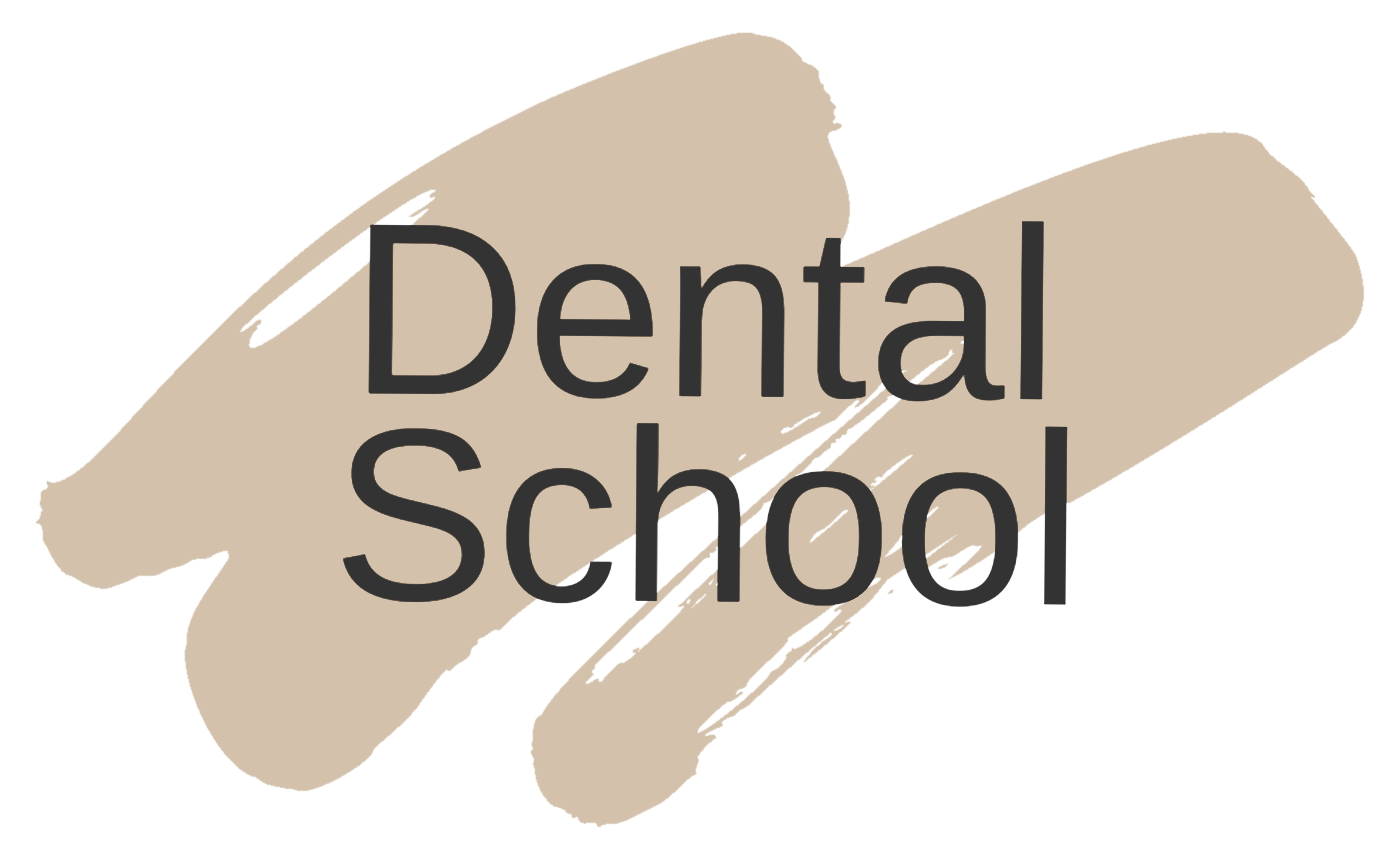
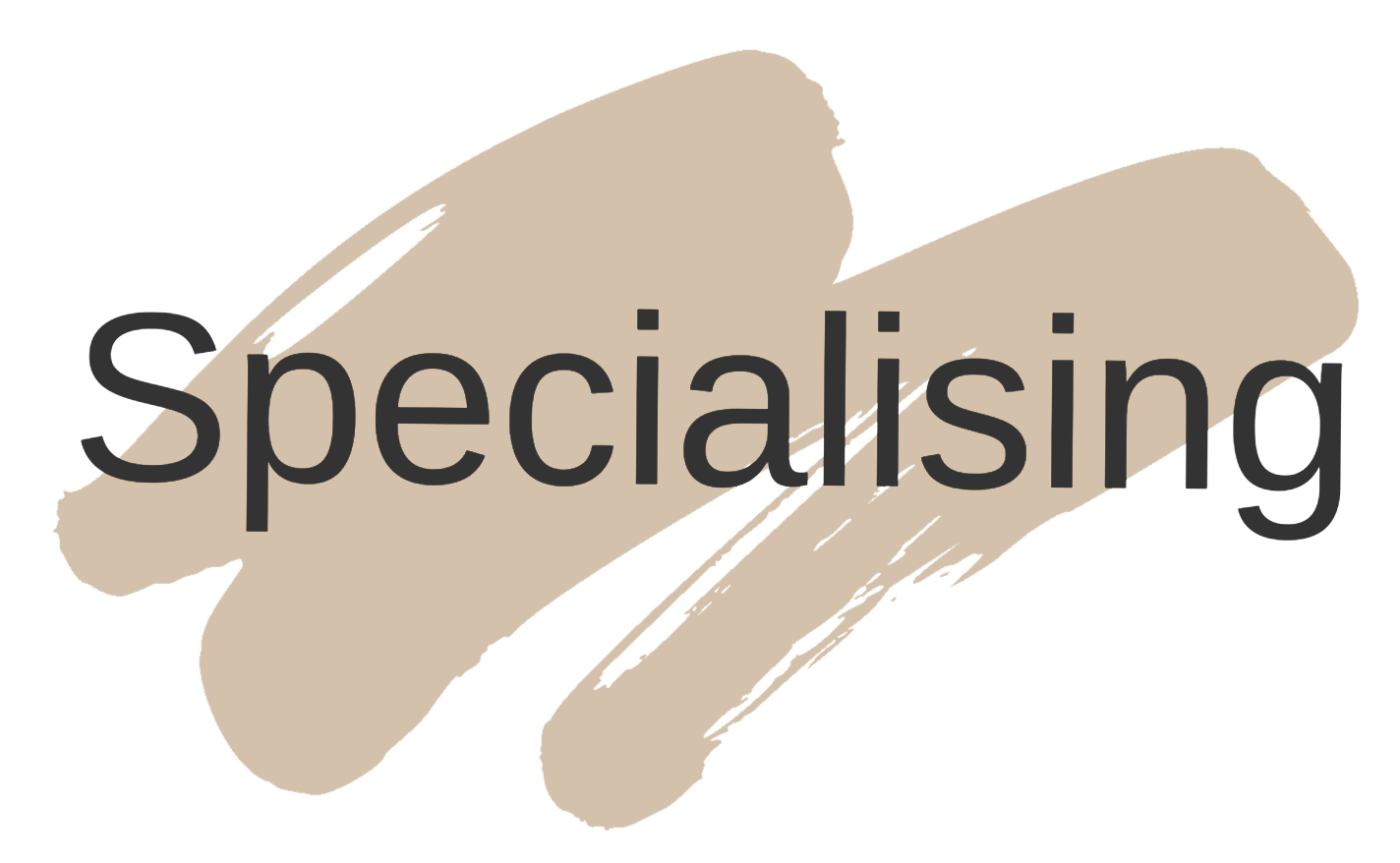
1 comments
Thanks for the blog.Nice guide to occlusion information.You can also check.
ReplyDeleteguide to occlusion